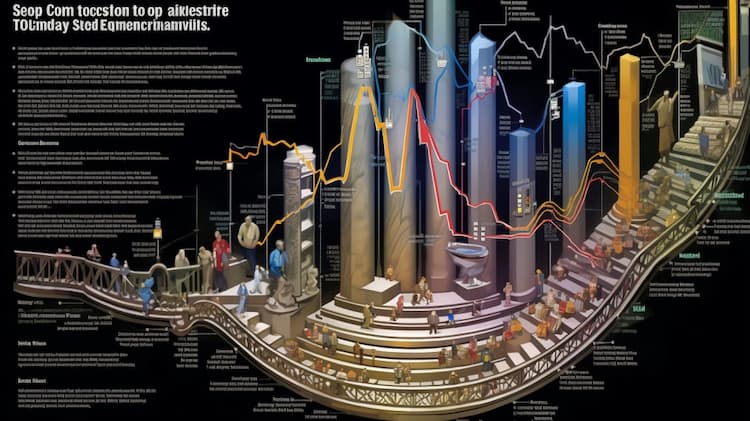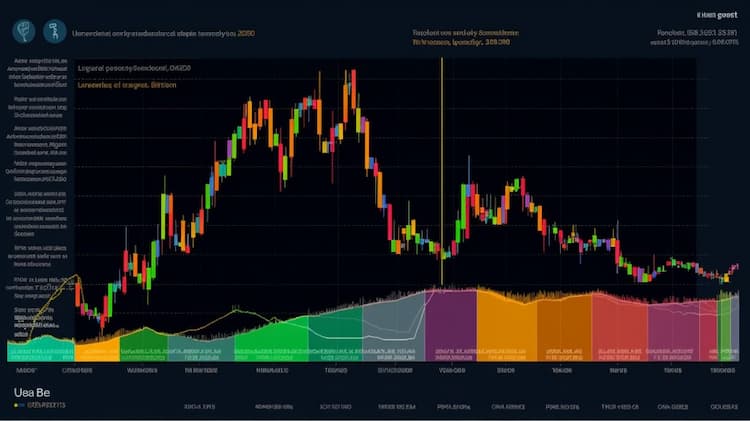
XLF VS KIE
Exchange-Traded Funds (ETFs) have transformed the investment landscape, offering investors an efficient way to gain exposure to various sectors and asset classes. In this article, we will conduct an in-depth comparison between two prominent ETFs: XLF (Financial Select Sector SPDR Fund) and KIE (SPDR S&P Insurance ETF). We will delve into key aspects, including ETF tickers, full names, issuers, sectors, top holdings, capitalization, investment strategy, tracking methods, and exposure.
XLF Vs KIE: Overview
XLF and KIE represent two distinct investment options within the financial sector. While XLF focuses on the broader financial services industry, KIE zeroes in on the insurance sector. By understanding the core differences between these two ETFs, investors can make more informed decisions aligned with their financial goals and risk tolerance.
XLF Vs KIE: Sectors and Top Holdings
XLF is designed to mirror the performance of financial companies listed on the S&P 500, encompassing banks, diversified financial services, and insurance firms. On the other hand, KIE provides exposure exclusively to insurance companies like The Travelers Companies, Allstate Corporation, and Progressive Corporation. Analyzing the sectors and top holdings enables investors to assess the potential returns and risks associated with each ETF.
 XLF overlap XLF VS KIE
XLF overlap XLF VS KIE
XLF Vs KIE: Capitalization and Investment Strategy
XLF boasts a substantial asset under management (AUM), reflecting its popularity among investors seeking broad financial sector exposure. KIE, with its exclusive focus on insurance companies, provides a more targeted approach. The distinct capitalization and investment strategies between these ETFs result in varying risk-return profiles, necessitating thorough evaluation before making investment decisions.
XLF Vs KIE: Tracking Methods and Exposure
XLF tracks an index of financial sector stocks, aiming to replicate the performance of the Financial Select Sector Index. KIE, as an insurance-focused ETF, follows an index composed of insurance companies' stocks. Understanding the tracking methods and exposure strategies is crucial for investors looking to align their portfolio with specific market segments and trends.
Conclusion
XLF and KIE are noteworthy ETFs that cater to investors seeking exposure to different aspects of the financial sector. Whether you're interested in the broader financial services industry or specifically in insurance companies, these ETFs offer targeted avenues for investment. For those interested in delving deeper into the intricacies of holdings, correlations, overlaps, and various insights, ETF Insider provides an invaluable tool. With its user-friendly app, investors gain access to comprehensive information on these and other financial instruments.
Disclaimer: This article does not provide investment advisory services.
Sources:
ETF issuers' official websites and prospectuses
Financial news and analysis platforms
ETF tracking and performance data from reliable financial sources
XLF quote and analysis
Discover the top holdings, correlations, and overlaps of ETFs using our visualization tool.
Our app allows you to build and track your portfolio.
To learn more about the XLF Financial Select Sector SPDR Fund, access our dedicated page now.
FAQ
Why is XLF better than KIE?
XLF may be considered better than KIE for some investors due to its specific focus, offering diversification.
Does KIE beat XLF?
KIE's performance relative to XLF will vary over time, depending on market conditions.
Should I invest in XLF or KIE?
The choice between XLF and KIE should align with your investment goals, risk tolerance, and desired exposure.
Are XLF and KIE good investments?
Both XLF and KIE can be suitable investments depending on individual investment strategies, goals, and risk profiles.
What is the correlation between XLF and KIE?
The correlation between XLF and KIE can vary over time, reflecting differences in performance.











































